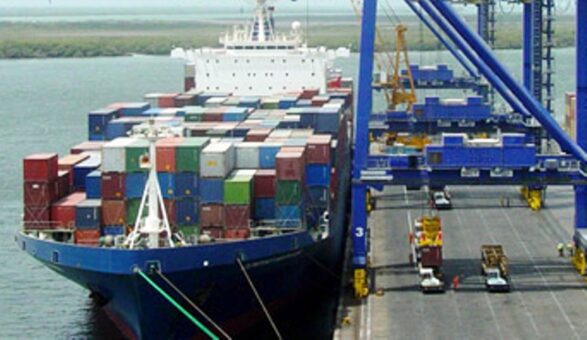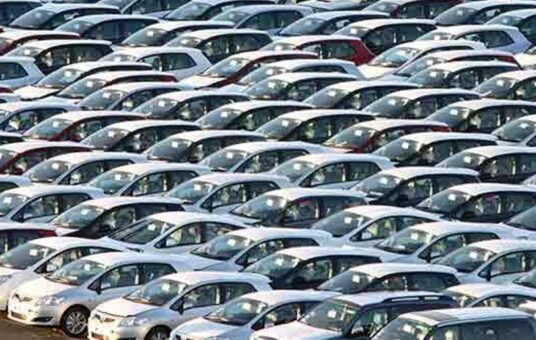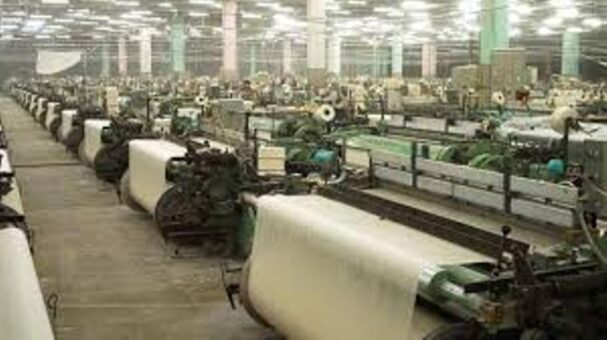ISLAMABAD: The average headline inflation i.e. Consumer Price Index (CPI) was calculated at 9.44 for the months of July and August, 2019 on the basis of revised base year, a statement said on Wednesday.
Pakistan Bureau of Statistics (PBS) revised base year for calculating Consumer Price Index (CPI) from 2007-2008 to 2015-2016.
The CPI on new base (2015-16) comprises of urban CPI and Rural CPI. The Urban CPI covers 35 cities and 356 consumer items. The Rural CPI covers 27 Rural Centers and 244 consumer items. In the new base year (2015-16) National CPI for 12 major groups is also computed by taking weighted average of Urban CPI and Rural CPI.
According to the PBS, the inflation rate for August 2019 over July 2019 as per base year 2007-2008 is 1.3 percent and 1.64 percent as per base year 2016-2016.
The inflation rate for August 2019 over August 2018 is at 11.63 percent as per base year 2007-2008 and 10.49 percent as per base year 2015-2016.
The average inflation rate for July – August 2019 over the same period of last year is 10.98 percent as per base year 2007-2008 and 9.44 percent as per base year 2015/2016.
The CPI National with base year (2015-16) for the month of August, 2019 has increased by 1.64 percent over July, 2019. The Urban CPI with base year (2015-16) recorded an increase of 1.46 percent while Rural CPI with base year (2015-16) recorded an increase of 1.91 percent. CPI with old base year (2007-08) recorded an increase of 1.38 percent.
Top few commodities which varied from previous month i.e. July, 2019 are given below:
URBAN:
Increased: Chicken (40.75 percent), Tomatoes(37.47 percent), Onions(32.31 percent), Fresh vegetables(12.84 percent), Eggs (9.76 percent), Potatoes(6.21 percent), Cooking oil(4.68 percent), Vegetable ghee(4.18 percent), Motor fuel(3.88 percent), Sugar(3.78 percent), Pulse masoor(2.54 percent), Mustard oil(1.75 percent), Pulse gram(1.44 percent), Wheat flour (1.29 percent) and Pulse mash(1.01 percent).
Decreased: Fresh fruits(15.64 percent), Liquified Hydrocarbons (LPG) (5.19 percent), and Wheat(0.3 percent).
RURAL:
Increased: Tomatoes(35.4 percent), Onions(28.49 percent), Chicken(26.56 percent), Potatoes(18.18 percent), Fresh Vegetables(10.96 percent), Eggs(9.79 percent), Sugar(5.21 percent), Doctor Clinic Fee (4.74 percent), Motor Fuels (4.21 percent), Cooking oil(3.22 percent), Pulse Moong(2.81 percent), Vegetable ghee(2.51 percent), Pulse Mash(2.35 percent) and Milk powder(1.85 percent).
Decreased: Fresh fruits(20.6 percent), Fish(2.8 percent), Beans(1.72 percent) and Wheat(0.32 percent).
Related Stories
Headline inflation increases by 10.3pc in July 2019




